Description
Crossing Fountain Transformation 3D Animation iclone 7
Start & End Points: Clearly visualize the initial and final states of your fountain.
Example: A simple water jet transforming into a flower shape.
Transformation Stages: Break down the transformation into key stages (e.g., water jet rising, petals forming, flower opening fully).
Visual Style: Determine the overall aesthetic (realistic, stylized, abstract) and choose materials and lighting accordingly.
2. Asset Creation/Acquisition
Fountain Base:
Create: Model the base in a 3D software (like Blender, Maya) or find a suitable model online.
Rigging: If necessary, rig the base for any subtle movements or deformations.
Water Element:
Particles: Use iClone’s particle system to create the initial water jet. Experiment with particle shape, size, and speed.
Morph Targets: If you have a 3D model of the final flower shape, create morph targets to gradually transition the water jet into the flower.
3. iClone Setup
Scene Setup:
Create a new scene in iClone 7.
Import the fountain base and position it in the scene.
Set up lighting to enhance the visual appeal (consider using spotlights to illuminate the water jet).
Particle System:
Create a particle emitter at the base of the fountain.
Adjust particle properties (shape, size, speed, color) to match your desired water jet effect.
Use keyframes to control the particle system’s intensity over time.
4. Animation
Water Jet:
Keyframing: Use keyframes to control the height and width of the water jet.
Particle System: Adjust particle properties (size, speed, color) over time to create dynamic effects.
Flower Transformation:
Morph Targets: If using morph targets, animate the transition from water jet to flower shape over time.
Keyframing: For more complex transformations, use keyframes to control the shape and movement of individual parts of the flower.
5. Refinement and Rendering
Playback and Adjustments:
Play the animation and fine-tune the timing, speed, and intensity of each stage.
Make adjustments to particle effects, lighting, and camera movement.
Rendering:
Render the animation using iClone’s built-in renderer or export to a video editing software for post-processing.
Tips & Considerations
Start Simple: Begin with a basic transformation and gradually increase complexity.
Reference: Study real-life water fountains and flower movements for inspiration.
Experiment: Try different particle effects, lighting setups, and camera angles to achieve unique results.
Optimize: Reduce the number of particles and use efficient rendering settings to improve performance.
Key iClone Features to Utilize:
Particle System: Essential for creating the water jet and other dynamic effects.
Keyframing: Core tool for controlling the timing and movement of all elements.
Morph Targets: Useful for smooth shape transitions.
Lighting and Materials: Crucial for creating a visually appealing and realistic scene.
By carefully planning, utilizing iClone’s powerful tools, and experimenting with different techniques, you can create a captivating 3D animation of a transforming fountain.
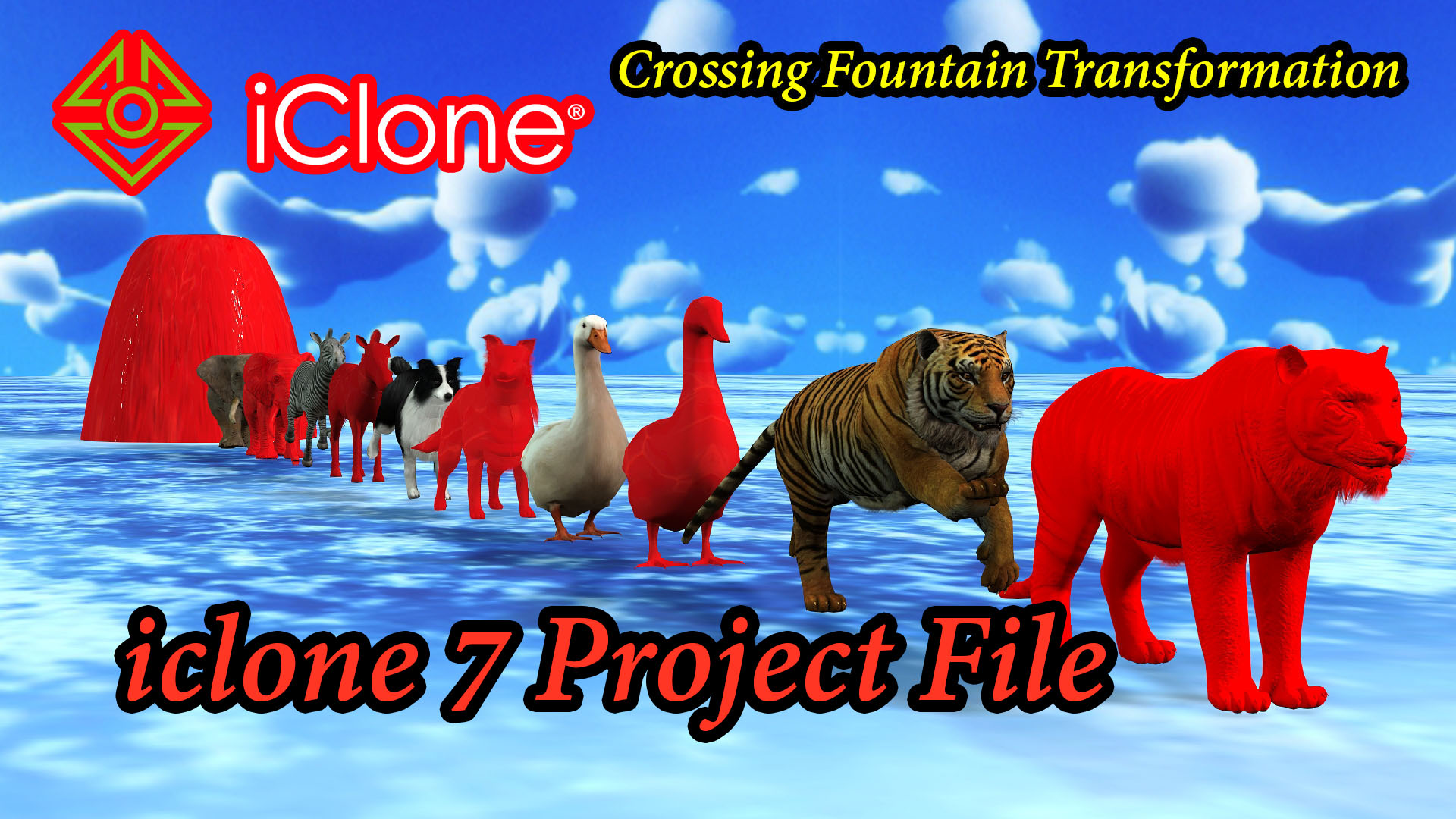
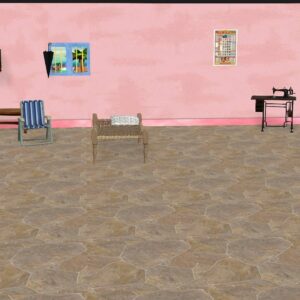
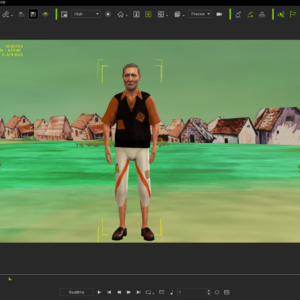
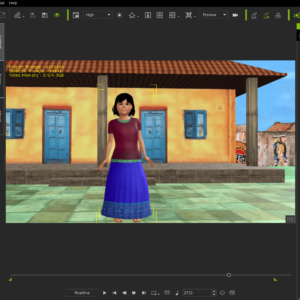
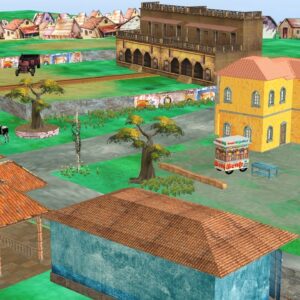

Reviews
There are no reviews yet.